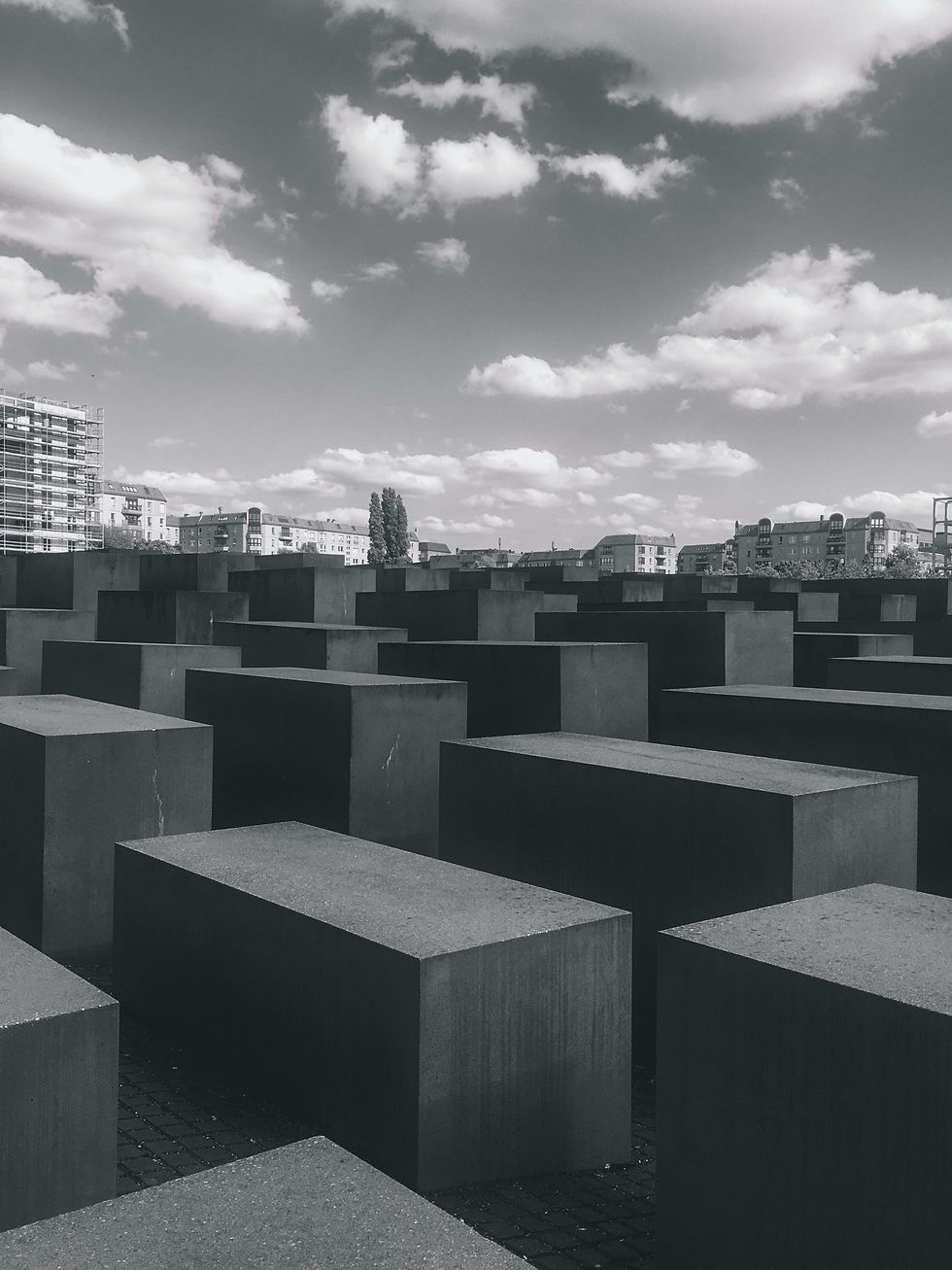The Role of Architects in Creating Iconic Monuments
- archigradburgundy
- Mar 16, 2023
- 4 min read
Architectural training implies a well-rounded education where future architects learn not only about design, but also about history, theory, philosophy, structure, nature, society, art, and many other fields. Consequently, it does not surprise that many architects are not only responsible for designing buildings, but also for many other areas of design, such as the design of the monuments. Architects have been responsible for the designs of many monuments across the world that became synonymous with the cultures and societies. The monuments designed by architects serve a variety of purposes, from commemorating historical figures or events, to shaping public spaces of gathering. This article which portrays examples from different regions offers an overview of how selected architects have influenced the design of monuments across the globe.
01 THE GATEWAY ARCH BY EERO SAARINEN
Located in St. Louis, Missouri, The Gateway Arch is a monument for the westward expansion of the United States. It was designed by a Finnish-American architect Eero Saarinen best known for his innovative designs all across the United States. The 630 feet tall monument was constructed between 1963 and 1965 and to this day it is the largest man-made arch in the world and a great wonder of both architecture and engineering. The visitor is transported from the bottom to the viewing platform at the top of the arch by using two trams made of 8 carts hidden within the arch structure. The hollow cross-section of the arch which encloses the tram system is triangular in shape and narrows down from 54 feet at the base to only 17 feet at the top of the arch. The entire structure is cladded in stainless steel, giving the monument the elegant and modern look Eero Saarinen’s architecture is best known for.

02 THE STONE FLOWER BY BOGDAN BOGDANOVIĆ
The Stone Flower is a monument for the victims of World War II prosecutions located on the site of the concentration camp in Jasenovac, current-day Croatia. It was designed by a Serbian-Yugoslav architect Bogdan Bogdanović, well known for his works in monument design all across the region. The monument, situated in the fields of Jasenovac, is a 24 m tall, flower-shaped concrete structure composed of 6 petals, a stem, and an occupiable crypt at the base. Unique for its abstract nature at the time, the monument strives to both commemorate the innocent victims while giving hope for the future in which such evils should never be repeated. Like most of Bogdanović’s works, this monument is highly symbolic, geometrically referencing a lotus flower that is born from the mud and water, revoking both the idea of rebirth from the ashes as well as the remembrance of one’s roots.

03 NATIONAL FLAG MEMORIAL BY ÁNGEL GUIDO Y ALEJANDRO BUSTILLO
Built in the original place where the first Argentinian flag was raised in 1812, the National Flag Memorial was designed by architects Ángel Guido and Alejandro Bustillo in the stripped classical style. Located just in front of the Paraná river, the monument consists of a 70 meters tower with an observatory at the top, a symbolic crypt for Argentinian founding father and creator of the flag Manuel Belgrano, a civic courtyard, a propylaea, and an urn for the unknown soldier. It's construction started in 1943, concluding in 1957, year in which it was inaugurated. It's unornamented yet massive monumental design won the competition against other eleven submitted proposals, winning with it's symbolic concept of "the fatherland's ship sailing the sea in pursuit of a glorious destiny.", highlighting geographic, historic, spiritual, economic, and telluric features of the nation.

04 AZADI TOWER BY HOSSEIN AMANAT
Azadi Tower was designed by Hossein Amanat as a monument celebrating the 2500th anniversary of the Persian Empire and it was completed in 1971. Since then, the monument has best been known as the location for both celebrations and demonstrations. The main structure of the monument is reinforced, poured-in-place concrete cladded in uniquely shaped pieces of white marble. The monument was designed by Hossein Amanat, a recent graduate of architecture school who won the competition with his entry that was largely inspired by Persian art and history. The design is a combination of an ancient parabolic Ctesiphon arch and the pointed arches commonly seen through the Islamic period.

05 MEMORIAL OF THE MURDERED JEWS OF EUROPE BY PETER EISENMAN
Also known as the Holocaust Memorial, the Memorial of the Murdered Jews is one of Berlin’s best-known monuments located in close adjacency to the Brandenburg Gate. The open-air museum that was officially opened in 2005 is composed of close to 3 000 concrete slabs identical in footprint dimensions, but varying in their height. The monument was designed by a New York-based architect Peter Eisenman whose design was the winning entry in a large-scale international competition. The labyrinth of concrete slabs is meant to evoke an uncomfortable atmosphere for the visitor who can easily get lost within it feeling the emotions of fear and loneliness. It also represents the rigid system with strict order, a bureaucratic machine that has lost touch with humanity. The architect has designed the monument to be a spatial experience where each individual has a unique understanding of the site, its meaning, and its symbolism. Therefore, different visitors have varying interpretations of the site, some finding a resemblance with a graveyard, some understanding it as a metaphor for isolation from the rest of the society, some as the representation of the collective guilt for the past, etc.

Sources:
https://es.wikipedia.org/wiki/Monumento_hist%C3%B3rico_nacional_a_la_Bandera



Comments